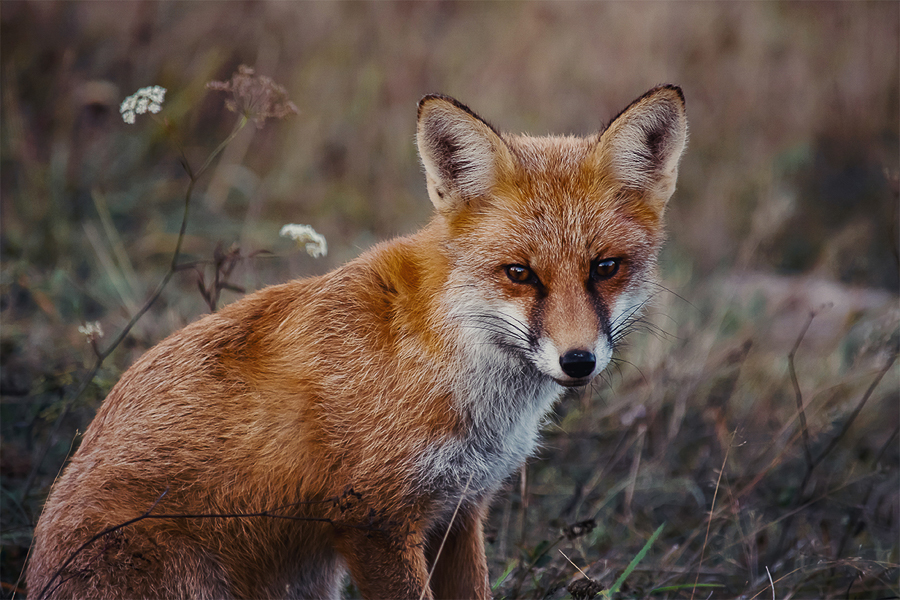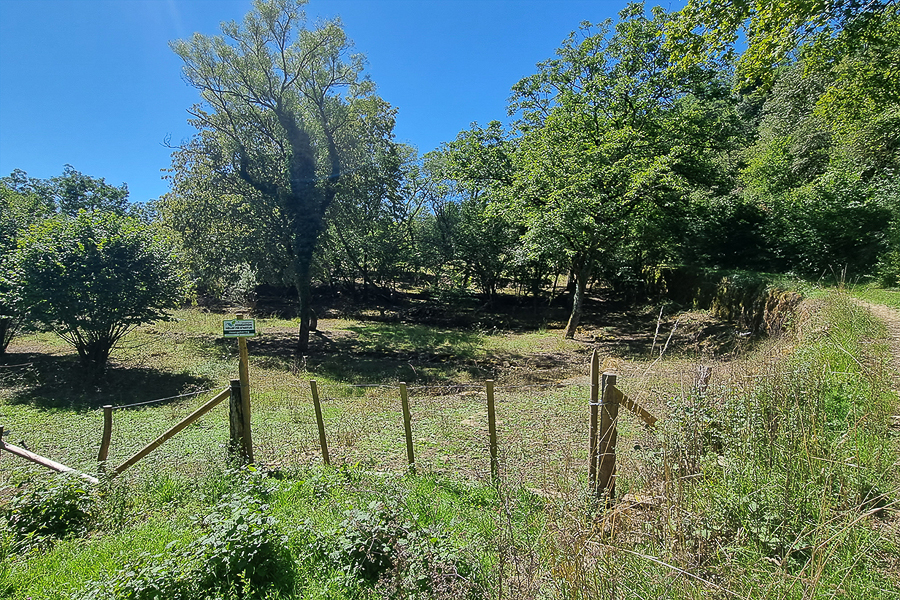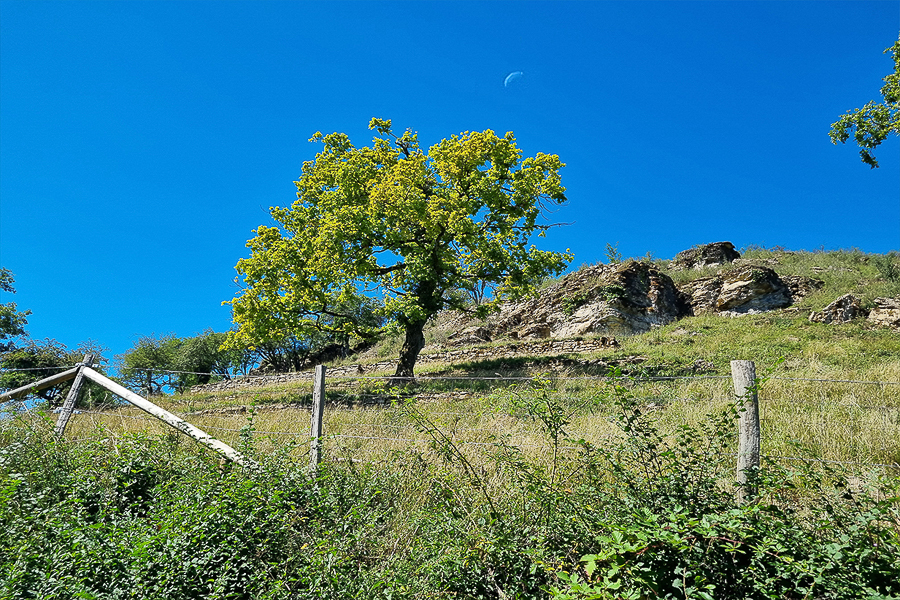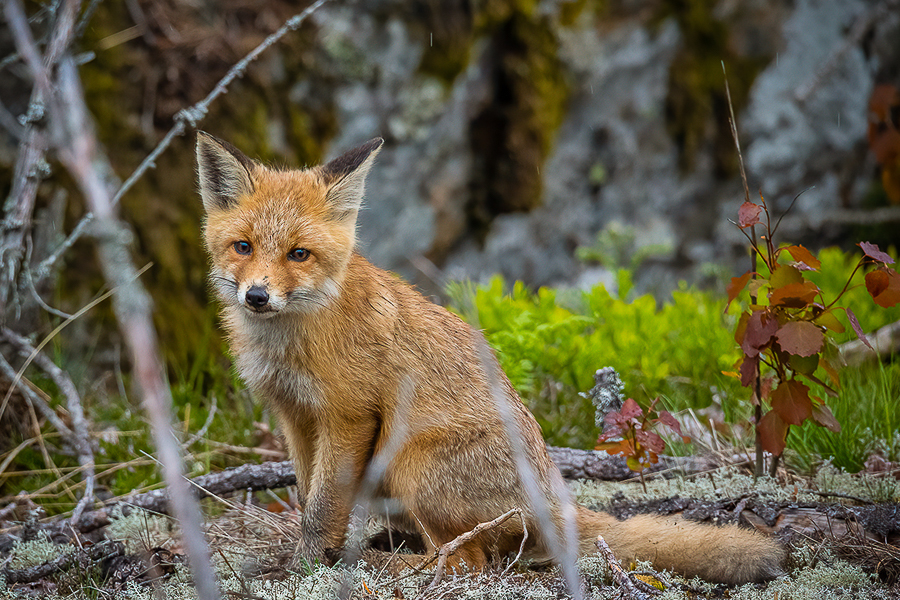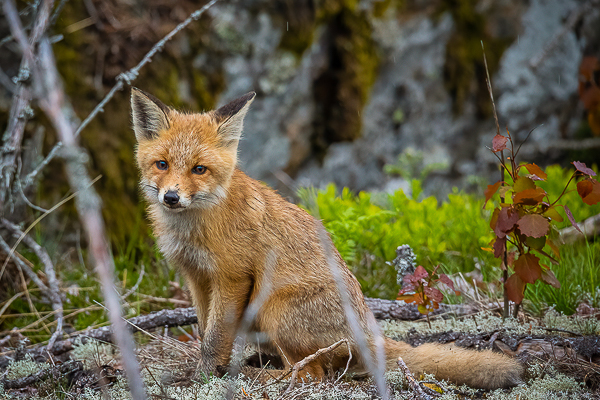 Credit: natur&emwelt
Credit: natur&emwelt
Luxembourg has what is known as a Temperate Climate in which winters are generally mild and summers comparatively cool, with rainfall that can be high; its flora and fauna have thrived in, and adapted to, this climate over the centuries and millennia, with ongoing challenges due to pollution and recent climate change, as well as the introduction of non-native species, resulting in disruptions to the norm.
Nevertheless, with various initiatives and organisations helping the ecosystem and habitat, including sustainability and re-wilding, there is a lot happening in nature across the Grand Duchy.
Chronicle.lu has teamed up with natur&emwelt (the non-profit organisation (naturemwelt), the foundation (Hëllef fir d'Natur) and the Wildlife Care Centre (Flegeestatioun)) for a series of articles on Luxembourg's fauna in which we look at various mammals, birds, insects, amphibians and aquatic animals, as well as touching on vanishing species returning to Luxembourg, focussing on their lifestyle and habitat, including when and where to observe them.
No. 12 in this series focuses on the Red Fox.
Often misunderstood, the red fox plays a vital role in local ecosystems. At Haangebierg, near Machtum, south of Grevenmacher, it roams discreetly through dry slopes, abandoned vineyards, forest edges and flowering meadows.
The red fox measures between 60 and 90 cm (not including the tail), and weighs between five and eight kilograms. Its fur is reddish-orange, with a paler underside. It has a long, bushy tail often tipped in white. The pointed ears are upright and dark, and the muzzle is slender and sharp. With its agile body and golden eyes with vertical pupils, the fox looks as clever as its reputation suggests - though its real-life behaviour is often more cautious than cunning.
Lifestyle
Foxes are mainly nocturnal or crepuscular, rarely seen during the day. They live alone or as a family unit with cubs. Highly adaptable omnivores, foxes feed on small mammals, insects, birds, fruit, carrion and even human leftovers near villages. They dig dens or reuse burrows, often shared with badgers. Cubs are born in spring and raised in hidden earths by the vixen. Intelligent and alert, foxes adjust their movements based on season and surroundings. This flexibility allows them to thrive in natural reserves as well as semi-urban areas with minimal human disturbance.
Habitat
The Haangebierg Nature Reserve near Machtum offers dry grasslands, former vineyards, scattered orchards and shrubby woodland edges. This mosaic landscape provides both food and shelter for foxes. They use dry stone walls, hedgerows and slopes for discreet movement and den sites. The reserve’s calm, its ecological diversity, and its connection to surrounding farmland make it a favourable territory. Foxes benefit from both natural prey and cultivated areas, thriving in this balance between wild and semi-managed ecosystems.
Where and When to See It
Foxes are most visible at dawn or dusk. At Haangebierg, spring and autumn are ideal times to glimpse them near open grasslands or along old vineyard walls. On calm evenings, you might spot one hunting or sniffing the ground, ears upright and alert. Tracks, scat left in elevated spots, or remains of prey also signal their presence. In May and June, young foxes can sometimes be seen playing near their den entrances, offering a rare but unforgettable wildlife moment.
Observation Tips
Move quietly and be patient at twilight or early morning. Use binoculars and stay downwind if possible. Focus on grassy paths, hedgerows, and stone terraces. Keep dogs on a leash and avoid sudden movement. Spotting a fox requires luck and calm, but its graceful presence rewards the attentive observer.

